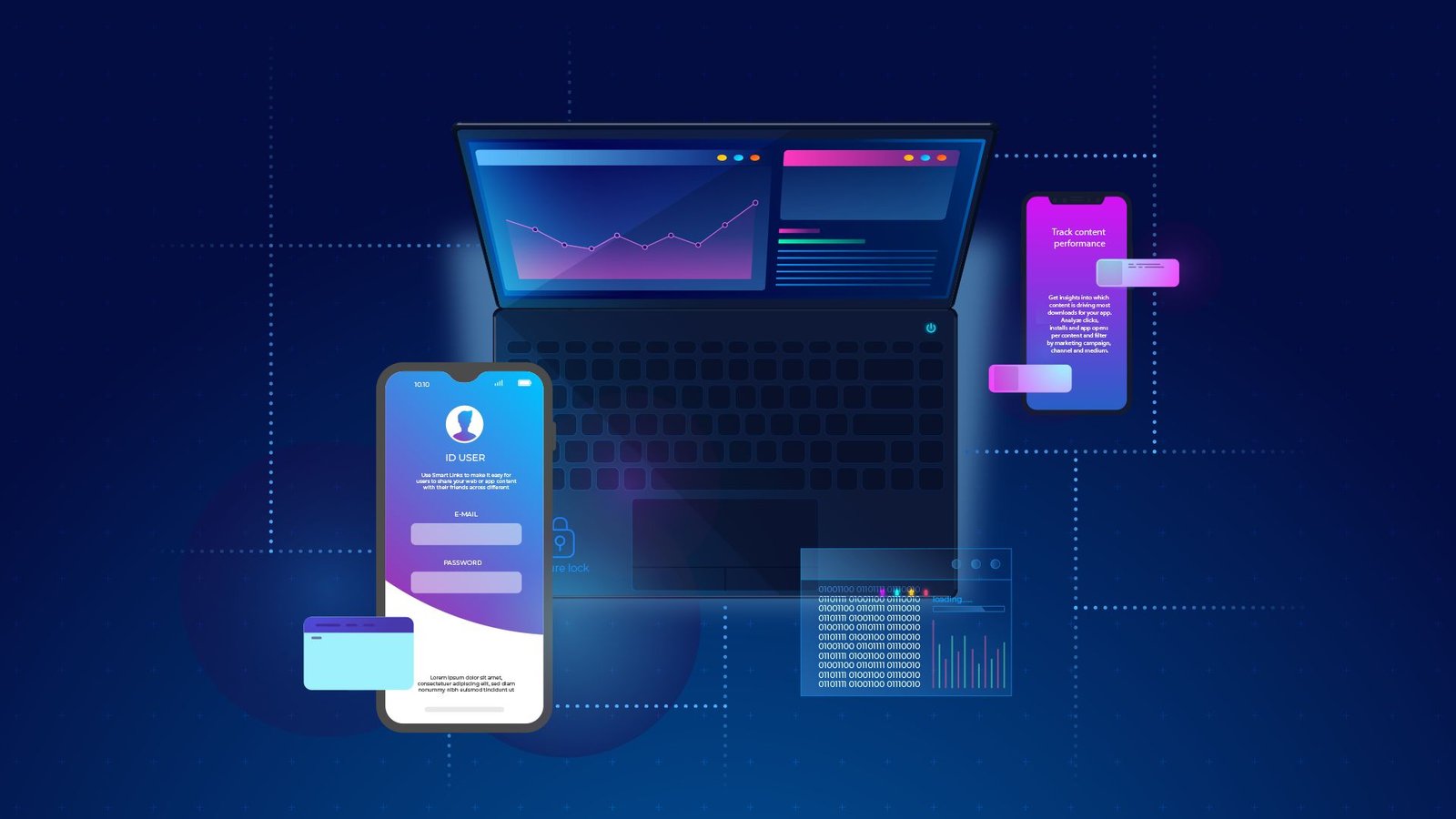Selecting the right tech stack is a crucial decision in web development that can significantly impact the success, scalability, and maintenance of your project. The tech stack includes the programming languages, frameworks, libraries, tools, and platforms that you use to build your application. Here’s a guide to help you choose the right tech stack for your web project.

Understand the Project Requirements
The first step in choosing the right tech stack is to thoroughly understand the project’s requirements. Consider the following:
- Project Type: Is it a simple landing page, an eCommerce site, a social networking platform, or a complex web application?
- Project Size: Small projects might require a different approach compared to large-scale applications.
- Functionality: Identify the core functionalities, such as real-time data processing, user authentication, and third-party integrations.
- Scalability: Consider the future growth of the project and how scalable the tech stack needs to be.
Consider Frontend and Backend Requirements
A tech stack is typically divided into frontend (client-side) and backend (server-side) technologies.
- Frontend (Client-Side): This includes everything the user interacts with directly. Common frontend technologies include:
- HTML/CSS: Essential for structuring and styling your website.
- JavaScript: The most popular language for adding interactivity. Libraries and frameworks like React, Angular, or Vue.js enhance development efficiency.
- Backend (Server-Side): This manages data storage, business logic, and application security. Common backend technologies include:
- Programming Languages: JavaScript (Node.js), Python (Django, Flask), Ruby (Ruby on Rails), PHP (Laravel), Java (Spring), and more.
- Databases: Choose between relational databases (MySQL, PostgreSQL) and NoSQL databases (MongoDB, Cassandra) depending on your data structure and requirements.
Evaluate Your Team’s Expertise
The experience and expertise of your development team play a significant role in choosing the right tech stack.
- Familiarity with Tools: Choose technologies that your team is comfortable with to ensure faster development and fewer errors.
- Learning Curve: If the team needs to learn new technologies, factor in the time and resources required for training.
- Community Support: Opt for technologies with strong community support, extensive documentation, and frequent updates to help troubleshoot issues.
Consider Project Timeline and Budget
The timeline and budget of your project can influence your choice of tech stack.
- Development Speed: Some technologies allow for rapid prototyping and faster development, which can be crucial if you’re working with tight deadlines.
- Cost: Open-source technologies are often free, but some may require licensing fees. Consider the cost of hiring developers, especially if specialized skills are required.
Focus on Scalability and Maintainability
Your tech stack should support the long-term growth and maintenance of your project.
- Scalability: Choose technologies that can handle increased traffic and data as your project grows. This includes considering horizontal and vertical scaling options.
- Maintainability: Opt for a stack that promotes clean, modular code. This makes future updates, bug fixes, and feature additions easier to implement.
Prioritize Security
Security should be a top priority when choosing a tech stack, especially for projects dealing with sensitive data.
- Secure Frameworks: Use frameworks with built-in security features to protect against common vulnerabilities like SQL injection, cross-site scripting (XSS), and cross-site request forgery (CSRF).
- Encryption and Authentication: Ensure that your tech stack supports robust encryption protocols and authentication mechanisms.
Consider Performance and Efficiency
The performance of your web application is closely tied to the tech stack you choose.
- Performance Requirements: For high-performance applications, consider languages and frameworks known for speed and efficiency, such as Golang or C++.
- Resource Efficiency: Choose a stack that optimizes resource usage, ensuring the application runs smoothly without consuming excessive server resources.
Think About the Future
The longevity of the tech stack is crucial for the future of your project.
- Future-Proofing: Choose technologies that are likely to stay relevant and supported in the coming years.
- Ecosystem and Tools: Consider the ecosystem of tools, plugins, and third-party services available for the stack to support future expansion.
Conclusion
Choosing the right tech stack for your web project is a decision that requires careful consideration of your project’s requirements, your team’s capabilities, and future needs. By focusing on the key factors outlined above, you can select a tech stack that not only meets your current demands but also supports the growth and success of your project in the long term.




